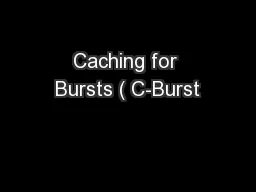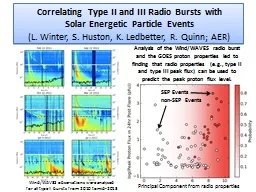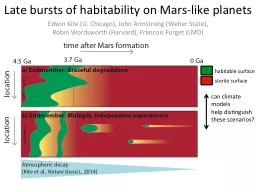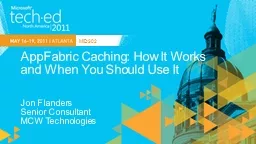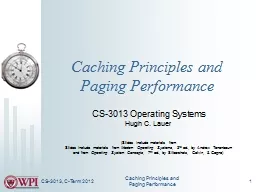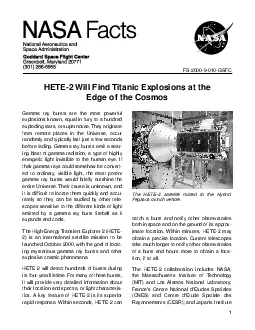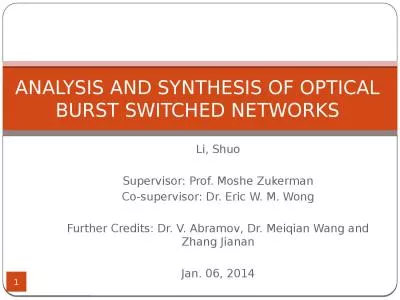PPT-Caching for Bursts ( C-Burst
Author : myesha-ticknor | Published Date : 2018-02-22
Let Hard Disks Sleep Well and Work Energetically Feng Chen and Xiaodong Zhang Dept of Computer Science and Engineering The Ohio State University Power Management
Presentation Embed Code
Download Presentation
Download Presentation The PPT/PDF document "Caching for Bursts ( C-Burst" is the property of its rightful owner. Permission is granted to download and print the materials on this website for personal, non-commercial use only, and to display it on your personal computer provided you do not modify the materials and that you retain all copyright notices contained in the materials. By downloading content from our website, you accept the terms of this agreement.
Caching for Bursts ( C-Burst: Transcript
Download Rules Of Document
"Caching for Bursts ( C-Burst"The content belongs to its owner. You may download and print it for personal use, without modification, and keep all copyright notices. By downloading, you agree to these terms.
Related Documents

